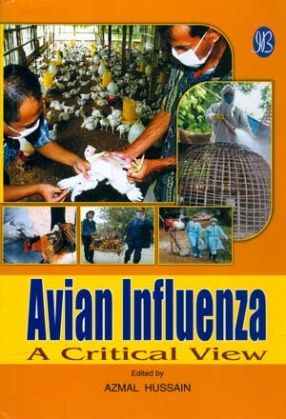
Showing all 4 books




The first case of this novel H1N1 influenza was dismissed by us as being a non-off incident, and being far away from where we were. Yet somehow, in a very short span of time, and in the 'age of communication' the virus has traversed all across the world to grow into a pandemic.Such a tumultuous growth of an unknown disease has created fear among people; leading to irrational actions as a result of a lack of understanding.With this book, we have attempted to bring ...

The 2009 flu pandemic is a global outbreak of a new strain of a influenza A virus subtype HINI, officially named the "new HINI", first identified in April 2009, and commonly called "Swine Flu". It is thought to be reassortment of four known strains of influenza A virus: one endemic in (normally infecting) humans, one endemic in birds, and two endemic in pigs (swine). Transmission of the new strain is human-to-human, with cooked pork products ...

Relatively, a new disease, Swine flu, also known as Swine influenza (also called hog flu, and pig flu) is an infection of a host animal by any one of several specific types of microscopic organisms, called "swine influenza virus". In 2009, the media labelled as "swine flu", the flu caused by 2009's new strain of swine-origin A/H1N1 pandemic virus. A swine influenza virus (SIV) is an strain of the influenza family of viruses that is usually ...

The ongoing H5N1 influenza outbreak among birds with occasional transmission to human beings is of major concern owing to intriguing parallels between the H5N1 virus and the 1918 influenza strain. According to the checklist of the World Health Organization, should the highly pathogenic virus acquire the capability of easy human-to-human transmissibility, even the most conservative scenario can anticipate up to several 100 million outpatient visits, more than 25 ...
